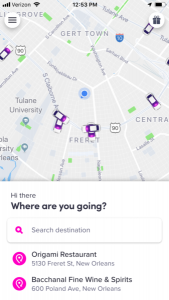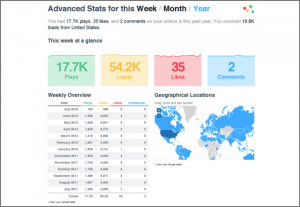 When writing a blog post, always put yourself in your reader’s place.
When writing a blog post, always put yourself in your reader’s place.
This is perhaps the most frequently cited piece of blogging and content marketing advice, and it’s a good one. You need to write with empathy if you’re going to engage readers. You need to write in a way that’s helpful and relatable, not merely promotional. So yes: Always put yourself in your reader’s place.
But, um: What exactly does that mean? Or, rather, how do you pull it off?
It’s one of those little content marketing mantras that seems incredibly obvious until you actually stop to think about it, and realize that—practically speaking—putting yourself in your reader’s place is tough. You’re not your reader, after all; you’re a small business owner, and you know a lot more about your niche than your readers will. So how do you write in a way that is accessible and appealing to them?
It’s possible, and we’ve got a few quick tips to prove it.
- Use buyer personas. We have written about buyer personas at length, and continue to recommend them highly. By having some clearly defined buyer personas, you can better think in terms of what your readers value; what they care about; and what problems they’re trying to solve—which might point you toward ways in which your brand can be a solution.
- Use the word “you” more oft This is a much more powerful word than you might think. It allows the reader to fit himself or herself into your writing, and it makes it feel like you’re making a more direct, personal address. In short, it makes your blog post or online content seem more like a personal conversation.
- Focus on emotions. How might the issues you’re writing about make your readers feel? If you’re writing content for a plumbing company, and you’re addressing homeowners, you can expect them to feel anxious or even a bit scared by potential plumbing problems. Recognize that and write accordingly—not stoking further fear, but positioning your brand as a balm.
- Avoid self-proclamations. There is no need to hammer your readers over the head with reminders of how you’re the best, or how your business is #1 in its field—especially not in the beginning of a blog post. Remember that your readers are looking for engagement and information, not to be advertised to.
- Write with online attention spans in mind. Have a killer headline and a strong opening paragraph. Keep sentences brief, and paragraphs compact. Don’t drone on; get to your point expediently.
- Be practical. Above all else, remember that your readers are looking for something actionable. Focus on problems and how your brand can be a solution!
(186)
Report Post








